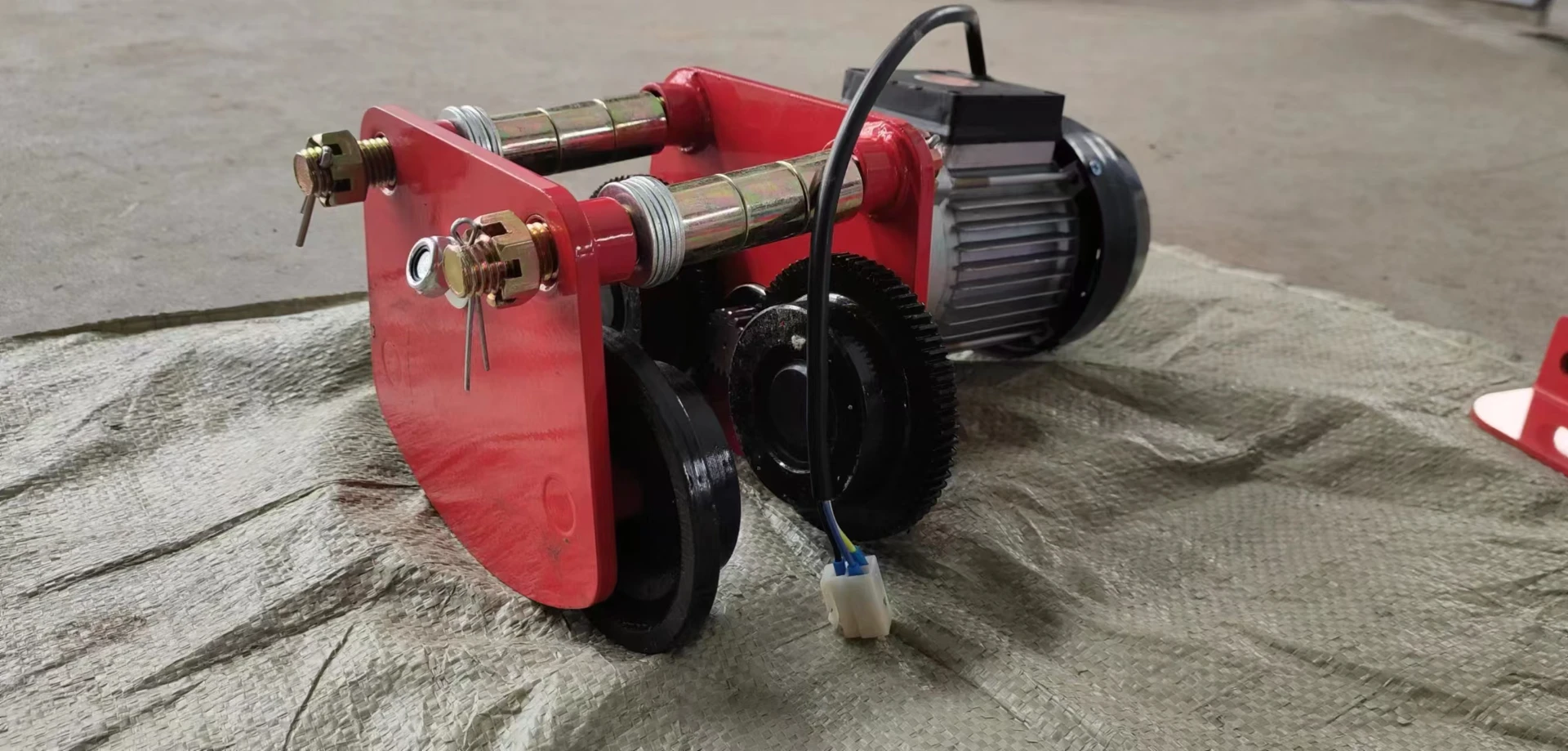


Understanding Fall Restraint Equipment Ensuring Safety in High-Risk Environments
Fall restraint equipment plays a crucial role in safeguarding workers who perform their tasks at heights. Many sectors, including construction, maintenance, and industrial operations, often require employees to work on roofs, scaffolding, or elevated platforms, thereby exposing them to the risk of falls. The integration of fall restraint systems is not only a regulatory requirement in many jurisdictions but also a moral obligation to ensure the safety of workers.
What is Fall Restraint Equipment?
Fall restraint equipment is designed to prevent workers from falling from elevated surfaces. Unlike fall arrest systems, which are intended to catch a person after a fall has occurred, fall restraint systems are aimed at preventing any possibility of a fall. This can be particularly vital in environments where the risk of falling is high due to the nature of the job.
Types of Fall Restraint Equipment
1. Safety Harnesses Safety harnesses are a fundamental component of fall restraint systems. A good harness is adjustable, comfortable, and designed to distribute the force of potential falls across the body. It is essential for the harness to fit correctly to ensure maximum safety.
2. Lanyards and Lifelines These components connect the safety harness to an anchor point. Lanyards are typically made from durable materials, and some may include shock-absorbing features to reduce the impact of a fall. Lifelines can be either vertical or horizontal and allow workers to move freely while still being secured.

3. Anchor Points For any fall restraint system to function correctly, secure anchor points are critical. These points must be capable of supporting the weight of a person and withstand additional forces in case of a fall. Common anchor points include structural beams, designated anchorage points on roofs, or specialized fixtures installed for this purpose.
4. Guardrails and Safety Nets In certain applications, especially in construction sites, guardrails and safety nets offer additional layers of protection. Guardrails act as physical barriers preventing falls, while safety nets catch personnel who may inadvertently slip or fall.
5. Training and Safety Protocols Equipment alone cannot ensure safety. Proper training is vital for workers to understand how to use fall restraint systems effectively. Employers must provide thorough training on how to wear harnesses correctly, the significance of anchor points, and the procedures to follow in case of an emergency.
Regulatory Standards and Compliance
Organizations must adhere to local and international safety regulations concerning fall restraint. In many countries, regulatory bodies outline specific standards for fall protection systems, requiring regular inspections and maintenance of equipment to ensure it remains in proper working condition. Compliance not only protects workers but also helps organizations avoid substantial fines and legal consequences.
Conclusion
In conclusion, investing in fall restraint equipment is a proactive approach toward ensuring worker safety in high-risk environments. By understanding the components of fall restraint systems and adhering to safety regulations, employers can create safer workplaces and significantly reduce the risk of accidents related to falling. Ultimately, the implementation of effective fall restraint measures is not just about compliance; it is about valuing the lives and well-being of every worker.



